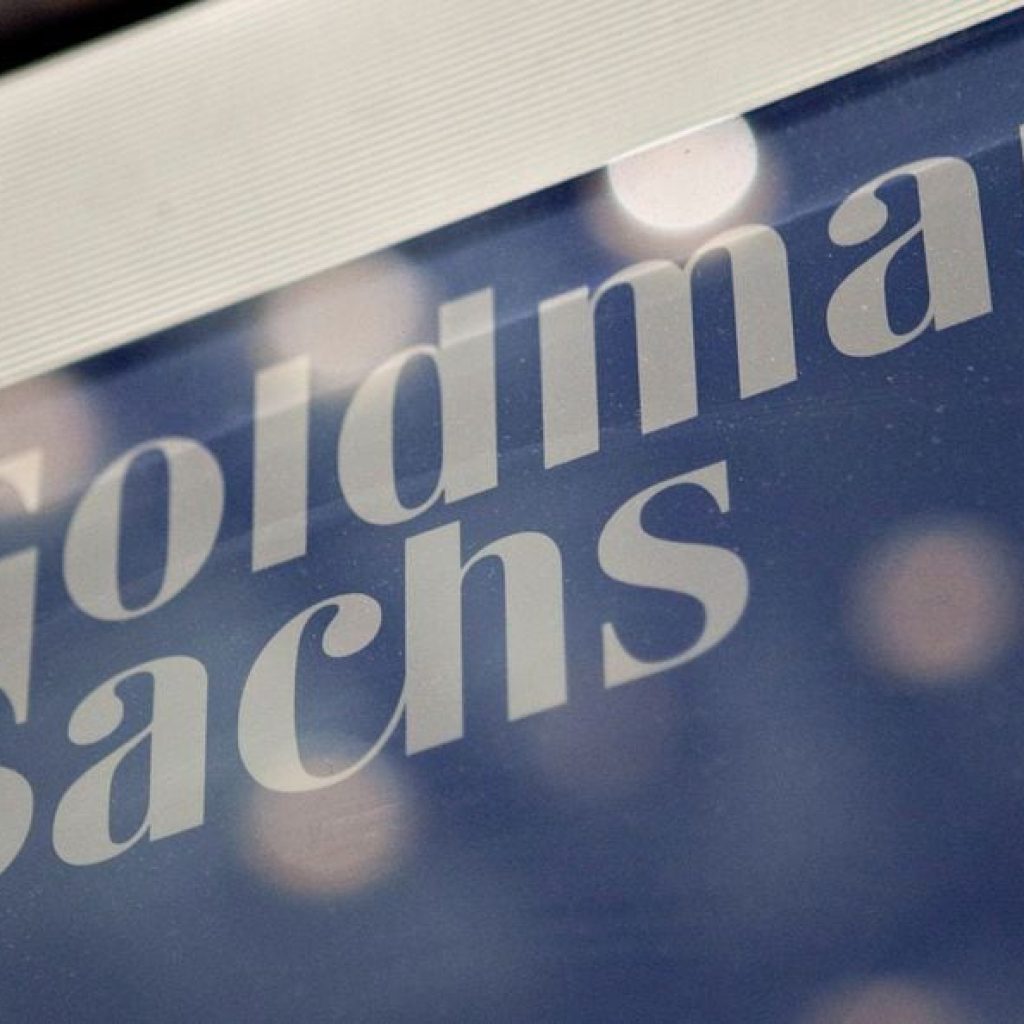December 2023 marked a pivotal moment for the Eurozone’s economy as inflation saw a significant surge of 3%, a departure from the previous six months of consecutive declines. This uptick in inflation rates poses critical questions about the European Central Bank’s (ECB) future interest rate policies, especially considering the recent reduction in government subsidies on essential commodities like gas, electricity, and food.
Europe’s Inflation Rebound: What Triggered the Surge?
The jump in inflation rates in December, from a more than two-year low of 2.4% in November to 2.9%, was slightly below the 3% forecast by economists. This increase was primarily driven by the scaling back of government subsidies, which started last year, leading to a renewed acceleration of annual inflation across Europe. This development has caused investors to reconsider their earlier expectations that the ECB might initiate rate cuts as soon as March.
Furthermore, the ECB’s position, underlined in their upcoming monetary policy meeting on January 25, remains firm against immediate rate cuts. The ECB has expressed the need to see signs of wage pressure cooling down to ensure that inflation aligns with its 2% target. Despite this rise in inflation, core inflation, which excludes volatile food and energy prices, saw a marginal decline from 3.6% in November to 3.4% in December, hinting at underlying inflationary trends.
Implications for the ECB’s Monetary Policy
The unexpected rise in inflation dampens the hopes for an early interest rate reduction by the ECB in 2024. The bank’s rate currently stands at 4%, unchanged since October last year, following steady increases that began in July 2022. ECB President Christine Lagarde had previously voiced concerns about the potential rise in inflation post-subsidy removal, indicating that rate cuts might not be imminent.
Economic analysts, such as Zsolt Darvas from the Brussels-based think tank Bruegel, suggest that the ECB is likely to maintain its current interest rates for an extended period due to core inflation remaining significantly above the 2% target. This sentiment is echoed by other economists who believe that consumer purchasing power is increasing due to wage growth, which could lead to persistent higher inflation.
Furthermore, geopolitical factors, such as the escalation of conflicts in the Middle East, could impact global oil and energy prices, potentially prolonging high inflation rates in Europe and the Eurozone. This complex economic landscape underscores the challenges facing the ECB as it navigates a path to stabilize inflation without hampering economic growth.
Broader Economic Context and Manufacturing Sector
The inflation surge comes against the backdrop of a struggling manufacturing sector in the Eurozone. According to the latest Purchasing Managers’ Index (PMI) data, Eurozone factories have been contracting for 18 consecutive months, with little sign of a strong recovery. This trend suggests a potential contraction in the Eurozone GDP for the last quarter, raising concerns of a recession.
The manufacturing sector’s persistent decline and the overall economic downturn highlight the challenges that the ECB faces in balancing inflation control with economic stimulation. The manufacturing PMI data underscores the urgency for the ECB to adopt policies that address both inflation and the broader economic malaise.
In essence, Europe’s inflation surge in December signifies a complex economic scenario for the ECB as it weighs its monetary policy options. With inflation rising unexpectedly and the manufacturing sector showing no signs of recovery, the ECB’s decisions in the coming months will be critical in shaping the Eurozone’s economic trajectory. The bank faces the daunting task of curbing inflation while fostering economic growth amidst uncertain global economic conditions.





